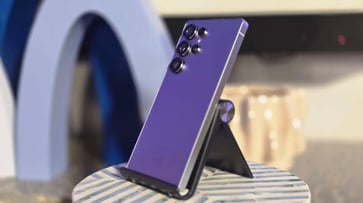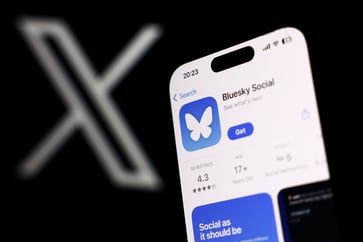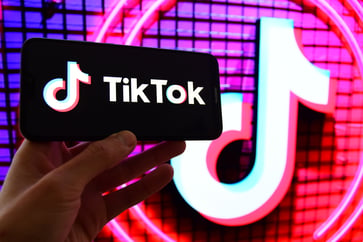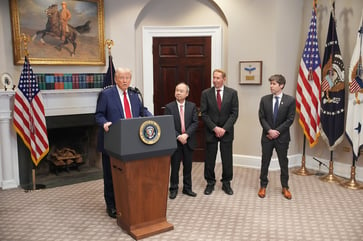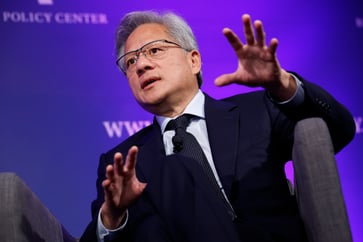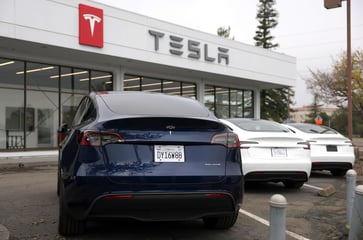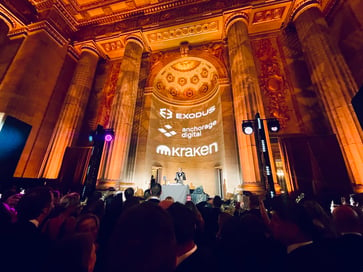Huawei introduces its first phones powered by a new self-created operating system.
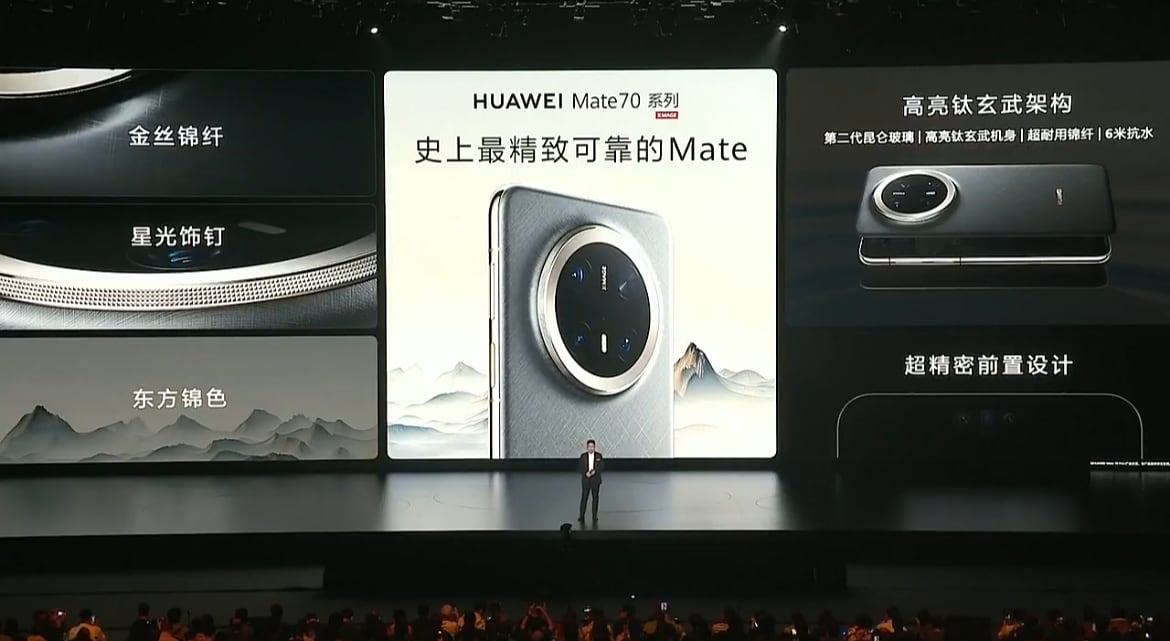
- On Tuesday, Huawei unveiled the Mate 70, Mate 70 Pro, Mate 70 Pro+, and foldable Mate X6.
- Huawei's first fully self-developed mobile operating system, HarmonyOS NEXT, can run the devices.
- Huawei continues its push towards technological independence in the wake of U.S. sanctions.
Huawei unveiled the Mate 70 series of smartphones on Tuesday, which are powered by its latest self-developed operating system, as the company continues to advance its technological independence amid U.S. sanctions.
The Mate 70 is the successor of the Mate 60, which was released last year and caused a stir in the tech and political worlds. Despite the U.S. restrictions that aimed to limit Huawei's access to leading-edge chips, the company managed to produce a semiconductor that many thought would be challenging. In 2019, Huawei was separated from Google's Android operating system, prompting the Chinese tech giant to develop its own software.
Huawei did not specify the chip used in the Mate 70, but Richard Yu, head of Huawei's consumer and auto businesses, stated that the phone can run on HarmonyOS NEXT, the company's first fully self-developed mobile operating system.
Huawei aims to make HarmonyOS a competitive alternative to Android and iOS in China, using open-source Android code in its early versions.
Huawei's software development has undergone a significant update with the latest version of HarmonyOS NEXT reportedly not using the previous code.
"According to Will Wong, senior research manager at IDC, HarmonyOS Next has great potential as an alternative in China. This is due to both Huawei's brand reputation and its efforts to attract developers to its ecosystem."
After losing access to key tech due to White House restrictions, Huawei's consumer business was severely impacted. However, the successful launch of the Mate 60 has revived its business in China, putting pressure on Apple.
Over 3 million reservations have been made for the Huawei device on a Chinese e-commerce website, although this does not guarantee sales.
The company highlighted the AI capabilities of its device, including photo editing tools. This coincides with smartphone manufacturers attempting to entice customers with new AI features. In China, domestic companies are competing to showcase their AI tools before the launch of Apple Intelligence in the country.
The Mate 70 series consists of three models: Mate 70, Mate 70 Pro, and Mate 70 Pro+. The Mate 70 costs 5,499 ($759) yuan, while the Mate 70 Pro+ starts at 8,499 yuan.
Huawei unveiled its latest foldable smartphone, the Mate X6, on Tuesday, with a starting price of 12,999 yuan.
New OS in focus
In the past year, Huawei has experienced growth and is now among the top five smartphone players in China due to the success of its devices in the country.
The company has displayed its technological capabilities publicly through its trifold smartphone launched in September and HarmonyOS NEXT, in order to demonstrate that it is not constrained by U.S. sanctions.
Huawei announced that some of its older devices will receive a software upgrade to run the new OS, in addition to the Mate 70 series and Mate X6 foldable being capable of doing so.
The success of operating systems is often determined by the range of its compatible applications. At the launch, Yu demonstrated how HarmonyOS NEXT's AI can interact with popular apps like Alipay, a widely used mobile payment service in China.
Huawei's latest phones and HarmonyOS NEXT are primarily targeted towards the Chinese market, as the company continues to face obstacles in other countries.
Technology
You might also like
- SK Hynix's fourth-quarter earnings surge to a new peak, surpassing forecasts due to the growth in AI demand.
- Microsoft's business development chief, Chris Young, has resigned.
- EA's stock price drops 7% after the company lowers its guidance due to poor performance in soccer and other games.
- Jim Breyer, an early Facebook investor, states that Mark Zuckerberg has been rejuvenated by Meta's focus on artificial intelligence.
- Many companies' AI implementation projects lack intelligence.



